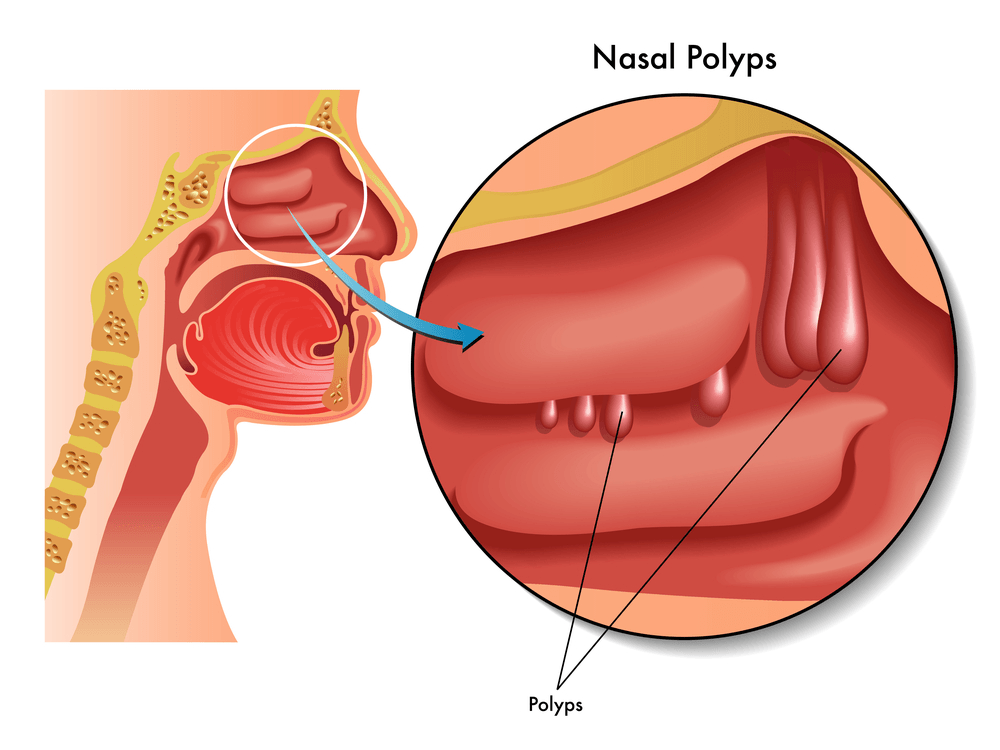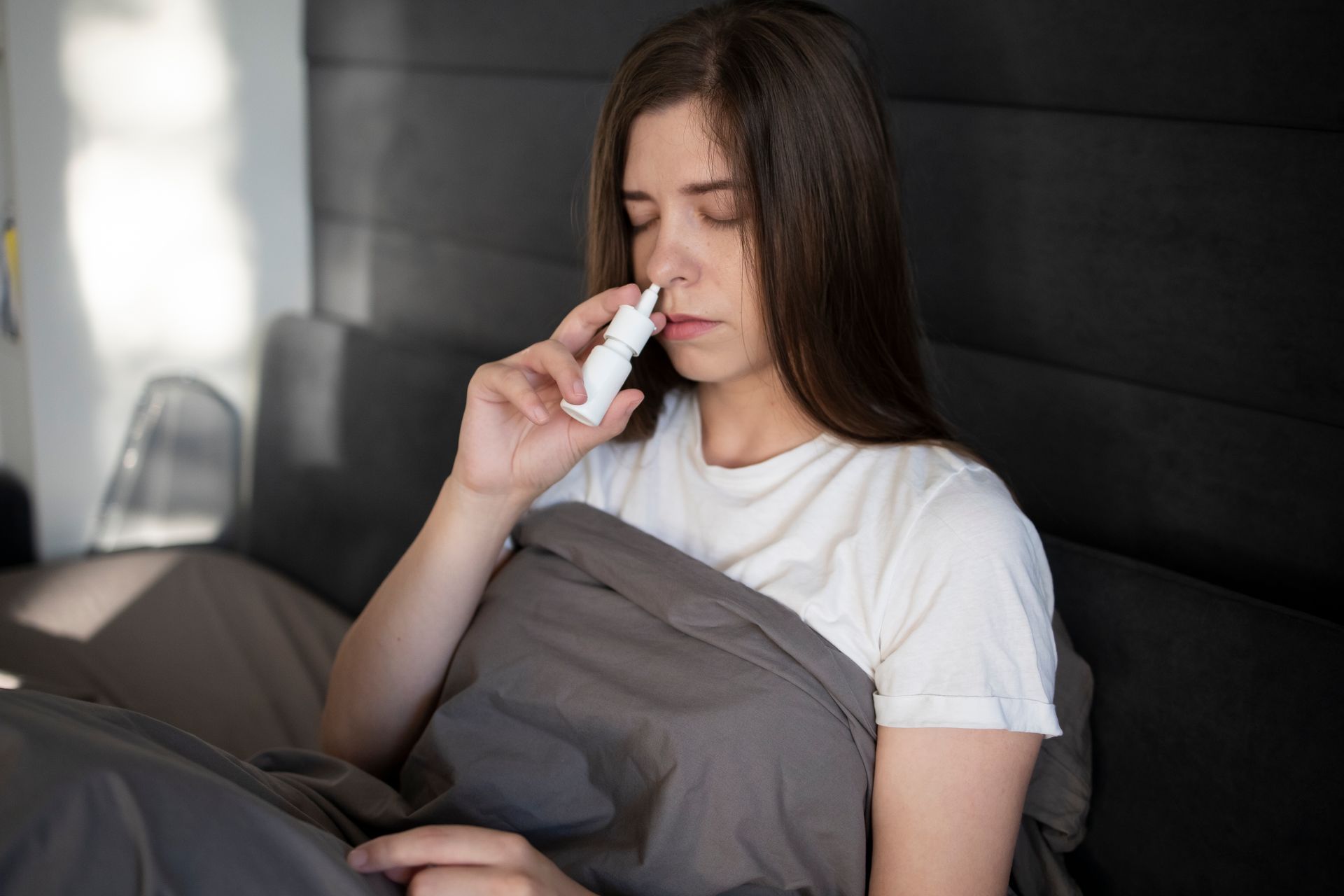How to Tell the Difference between COVID-19 and Sinus Infections?
Given the current global pandemic, it’s easy for you to panic over a cold or a stuffy nose and assume that you have COVID-19. However, in reality, you may just be experiencing a sinus infection. Sinus infections and COVID-19 have overlapping symptoms that can make it hard to determine which of the two you have.
This article can help you determine if you have a sinus infection or COVID-19. Keep reading to know more.
Sinus Infection vs. COVID-19
In recent months, you may have thought that symptoms of COVID-19 seem very similar to symptoms of a sinus infection. And while they do share common symptoms, they are not the same illnesses.
A sinus infection occurs when excess fluid builds up in your sinuses, causing bacteria and germs to multiply. If you’re recovering from a cold, have a weak immune system or seasonal allergies, or have been exposed to smoke, you can experience a sinus infection.
COVID-19, on the other hand, is a viral illness caused by exposure to the SARS-CoV-2 virus. While sinus infections pose no cause for alarm, if you have COVID-19, it’s necessary to isolate yourself from the public and focus on recovery. Different people respond differently to the virus, with some facing mild illness while others become seriously ill and need to be hospitalized.
How to Differentiate between COVID-19 & Sinus Infection?
1. Which Symptoms Do You Have?
COVID-19 and sinus infections share common symptoms, such as fever, cough, runny or stuffy nose, fatigue, headache, and sore throat.
However, sinus infections have other symptoms that do not overlap with COVID-19 symptoms. Some of them are:
- Sinus pain or pressure felt around the forehead and upper cheeks
- Postnasal drip
- Differently-colored nasal drainage
- Toothache
- Bad breath
Similarly, COVID-19 also has unique symptoms that don’t overlap with sinus infections. If you experience shortness of breath, body aches and pains, have lost your sense of smell or taste, or have digestive troubles such as nausea and diarrhea, chances are you have COVID-19 and not a sinus infection.
2. When Do the Symptoms First Appear?
After exposure to the SARS-CoV-2 virus, COVID-19 symptoms gradually develop anywhere between 2 to 14 days. Symptoms of a sinus infection develop suddenly, especially if you’re recovering from a viral illness like the flu.
Unless you have seasonal allergies that act up in the spring, you’re more likely to get a sinus infection during the fall and winter months, when viruses are in high circulation. You can get COVID-19 during any time of the year.
3. How Long Do They Last?
Depending on the severity of your condition, COVID-19 lasts for about a week or two after exposure to the virus. However, some symptoms such as cough or the loss of smell can temporarily linger after COVID-19. A sinus infection usually clears up within two to three weeks.
If this list doesn’t help you categorize your symptoms or ease your anxieties, you can always take an at-home COVID-19 test. You can also contact a sinus specialist, like Dr. Higgins, for some professional advice. If you have a sinus condition caused by allergies, nasal obstruction, or frequent sinus infections, book an appointment with Dr. Thomas S. Higgins! He’s a fellowship-trained sinus surgeon and rhinologist who runs the premier sinus clinic in Louisville, Kentucky. You can call him at 502-894-8441 or contact him online!
Thomas S. Higgins, MD, MSPH
Father. Husband. Sinusitis Nerd.















